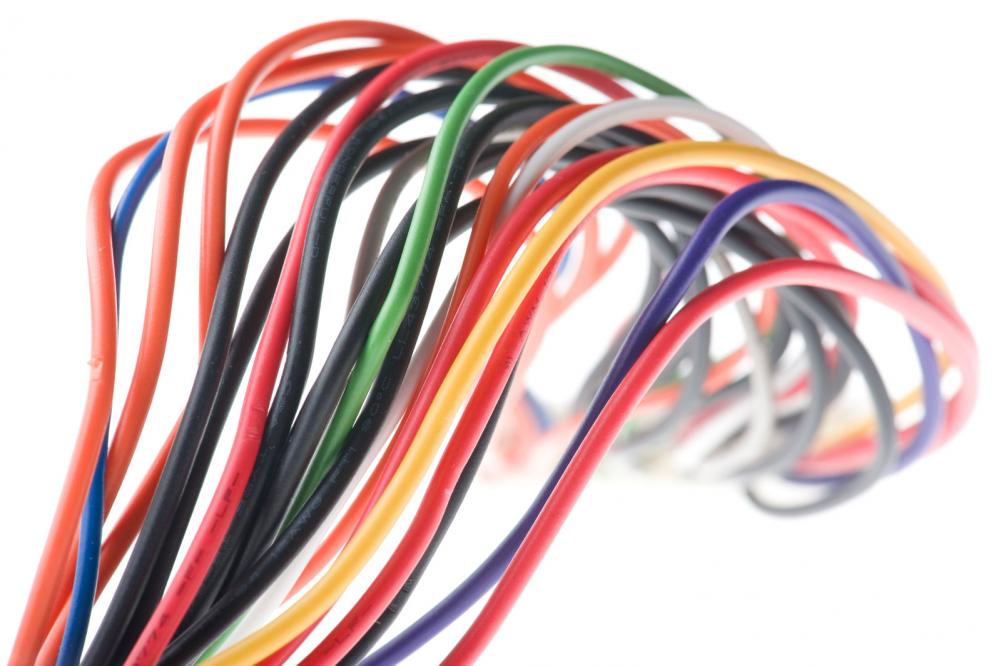PTFE and PFA have a raised temperature tolerance in comparison to FEP.FEP and PFA are clear, yet PTFE is translucent. FEP and PFA have better mechanical properties in comparision to PTFE.The main differences are in regards to chemical inertness, corrosion resistance ,permeability, and FDA approval.

There are many types of fluoropolymers now and each one has a different purpose. The slight variances in structure of PTFE, FEP and PFA all offer differences that give a wide array of non-stick properties.
PTFE
Polytetrafluoroethylene, or PTFE, was the first of the synthetic fluoropolymers to be produced. You may know its best known brand name, polymer, which is produced by the DuPont company.
PTFE is great for creating non-stick coatings on objects used for cooking and baking.Bullets and dust collection system also use PTFE.It is hydrophobic, liquids will not wet PTFE as it has a high electronegativity.PTFE is the only known surface to which a gecko cannot stick.
FEP
Fluorinated ethylene propylene, or FEP, is slightly different to PTFE, though it still has some of the same non-stick qualities of polymer.
FEP is softer than PTFE and melts at a lower temperature so baking and cooking uses are not as common.FEP is highly transparent, so whatever it covers will remain the same colour.FEP is resistant to sunlight, so it is good for all weather applications
PFA
The main difference between perfluoroalkoxy alkanes, PFA, and PTFE is the alkoxy substituents that allow the polymer to be melt-processed.
On a molecular level, PFA has a smaller chain length to other fluoropolymers.It also has a higher chain entanglement than other fluoropolymers.PFA has an oxygen atom in its structure. The other two do not possess this.This difference in structure gives PFA improved flow, creep resistance and thermal stability.
PS: Contact us for PTFE finished products free sample
Post time: Aug-24-2017

